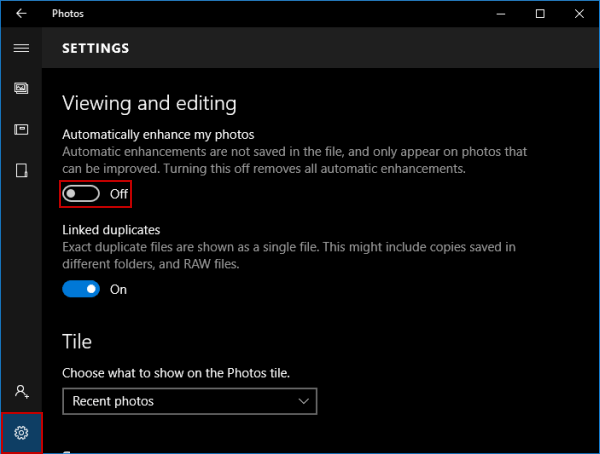

You can find the Group Policy “Turn off the Store application” in User Configuration > Administrative Templates > Windows Components > Store. I think this method of getting rid of the Windows Store icon in the Taskbar will be overkill for most environments.Ī better option is to simply disable the Windows Store via Group Policy. Note that this policy also applies to Windows 7 and Windows 8 machines. Furthermore, users will be unable to pin new apps to the Taskbar. Removing pinned programs from the TaskbarĪ problem is that this Group Policy doesn’t just remove the Store app from the Taskbar but removes any pinned apps, including desktop applications. The icon will be removed from the Taskbar only if the user unpins it manually.Īnother option is to leverage the policy “Remove pinned programs from the Taskbar.” It not only disables a useful feature of Windows 8.1 Update but also doesn’t remove the pinned Store app in the Taskbar. Unfortunately, this setting doesn’t help solve our problem.

The configuration has the same the effect as the Taskbar and Navigation properties (right-click the Taskbar). If you disable the setting “Show Windows Store apps on the taskbar” in User Configuration > Administrative Templates > Start Menu and Taskbar, your users won’t see any Windows Store apps in the Taskbar when they launch them through the Start Screen.
However, they all have undesirable side effects. Several Group Policy settings can help you deal with this problem.

I wonder if this is one of the reasons that some organizations are still moving from Windows XP to Windows 7. What makes the situation worse is that no easy or satisfying way exists to remove the pinned Windows Store from the Taskbar. Of course, this all has to be seen in the light of the BYOD hype-an undesirable trend that significantly reduced security and IT productivity. In my view, it is the management’s job to decide what kind of applications are required for end users, and it is IT’s job to test and deploy those applications. The Store enables users to download all kinds of games even if users are looking for useful apps related to their work, they waste time with searching and testing apps. However, in corporate environments, the pinned Store app causes admins headaches.Īllowing end users to install apps is not only a big security risk, but the Windows Store can also reduce employee productivity. Thus, this setting makes a lot of sense on consumer PCs. I can understand that Microsoft wants to push the Windows Store.


 0 kommentar(er)
0 kommentar(er)
